Ah, the mid-year marking and reporting nightmare is at an end! That means this is the last delve into docos for the time being. We’ve already covered Nerd Culture, Porn, Internet Makers and the business of Love, Sex and Immigration, now we’re going to merge bits of all of them together for video games. Except porn. There’s no porn here. Sorry. Today we’re going to go into video game history with Game Over and look at the modern trends with Indie Game: The Movie.
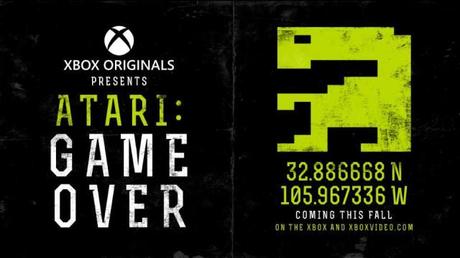
The saga of E.T.: The Video Game and it’s link to the Great Video Game Crash of 1983 is an integral part of gaming lore. To put things in context, video games are the biggest entertainment industry in the world, with GTAV being the biggest selling media product in history. All of it almost died in 1983. Atari had smashed the market with it’s innovative interchangeable cartridge system (seems like a no brainer). People loved being able to get multiple games with one console, but Atari had little to no quality control, or even cared much about the content. Excitement was winding down and the biggest selling game in the world, the first game available for pre-order, was being returned to stores by unhappy customers en masse. E.T.: The Video Game was not well received and is now considered one of the worst games of all time if not due to the quality of the game but what it came to symbolise.
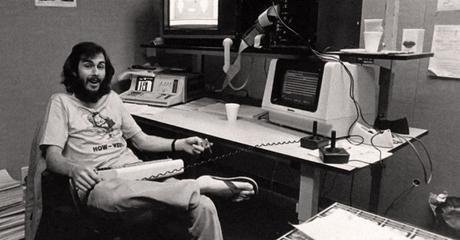
Atari Game Over gives us a good history of the video game industry up until the point of the crash, and for modern viewers it is fascinating to look back and see the pioneers of what would come to be one of the profitable and widely embraced forms of entertainment in the world. These were the guys building it from scratch, and there are parallels with other visionary tales such as The Social Network, the story of Mark Zuckerberg. We get a lot of important figures in front of the camera to recount their own stories and comment on what happened, the most significant being E.T. game designer Howard Scott Warshaw giving his side of the story. He does get some redemption in that regard, pointing out that Spielberg had played it and approved it and the company was 100% behind the release.
The framing device for the movie is the investigation into the fabled landfill containing all the disposed off E.T. cartridges. This has some fun moments as they go through some impressive detective work trying to find the location and depth that they’ll have to go through. It can be hard to get invested though, as they seem to expect us to with the crowd of onlookers arriving to witness this ‘historic’ event. Ultimately they hype it up to be more than what it is…maybe you had to be there. ‘Ready Player One’ author Ernest Cline provides one of the most entertainingly geeky moments by flying into the area, retrieving his Delorean from ‘Game of Thrones’ author George R.R. Martin and driving to the site with a full size E.T.. It’s a delightfully geeky moment that you couldn’t dream up.

It’s a highly informative film with some good history that will be of interest to gamers and curious parties alike. The big moment of finding the Atari dumping ground is a bit blown out of proportion, but it’s a fun adventure.
Rating: SEVEN out of TEN
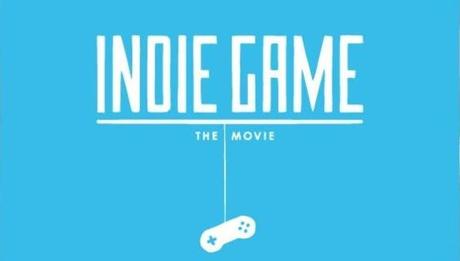
Bringing things round to the current state of affairs is Indie Game: The Movie, a well received and popular look at the development of three games. In hindsight we know that Braid, Fez and Super Meat Boy were all massive successes and a peek behind the scenes is welcome.
What becomes immediately apparent is that home made games are all very personal projects, reflecting the personalities of those who created them. Jonathan Blow is very much the upper class of the indie gamer community, living comfortably and paying the costs of the game out of his own pocket, creates an artistic, dreamy game designed for intellectual discussion. Phil Fish (best known now for one of the most hostile creator/consumer relationships ever) is a hipster type whose game features a character who can see the world in an enlightened manner thanks to his retro fashion choices. The team of Edmund McMillen and Tommy Refenes are the grungy, metal, horror fans who gave us the hilariously gruesome, simple yet brilliant platformer that relies not on gimmicks for good solid game play.
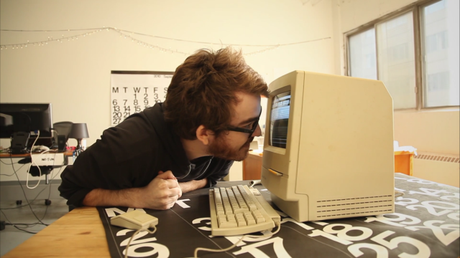
As a gamer, I’ve played and very much enjoyed all of these games and they couldn’t find better representatives for the field of indie games. They all demonstrate the massive sacrifices they all make in order to pursue their dreams of building these games. Money, family and social lives all disappear in the face of this passion to create interactive art. What makes this film successful is the degree to which they create an emotional investment from the viewer, making us feel for these people even when they’re acting…eccentric. During the film we see some of Fish’s now famous temperamental reactions to public comments and Blow’s odd habit of responding to every single article about his game suggesting that people don’t quite get how amazing his game really is.
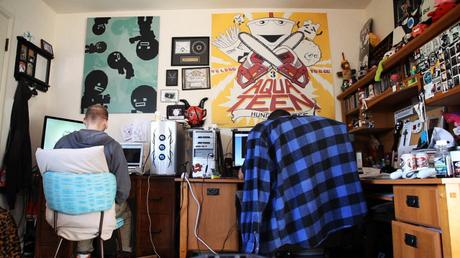
it’s the Super Meat Boy team who really make this an heartfelt film. Their childhood struggles, their inability to fit in, really forms a powerful backstory and it makes their redemption at the end of the movie all the more sweeter. While Braid and Fez are left a bit ambiguous, Super Meat Boy gives the film a strong and uplifting finale (and then they went on to make Binding of Isaac, a dark and awesome game that I love).
Rating: NINE out of TEN

